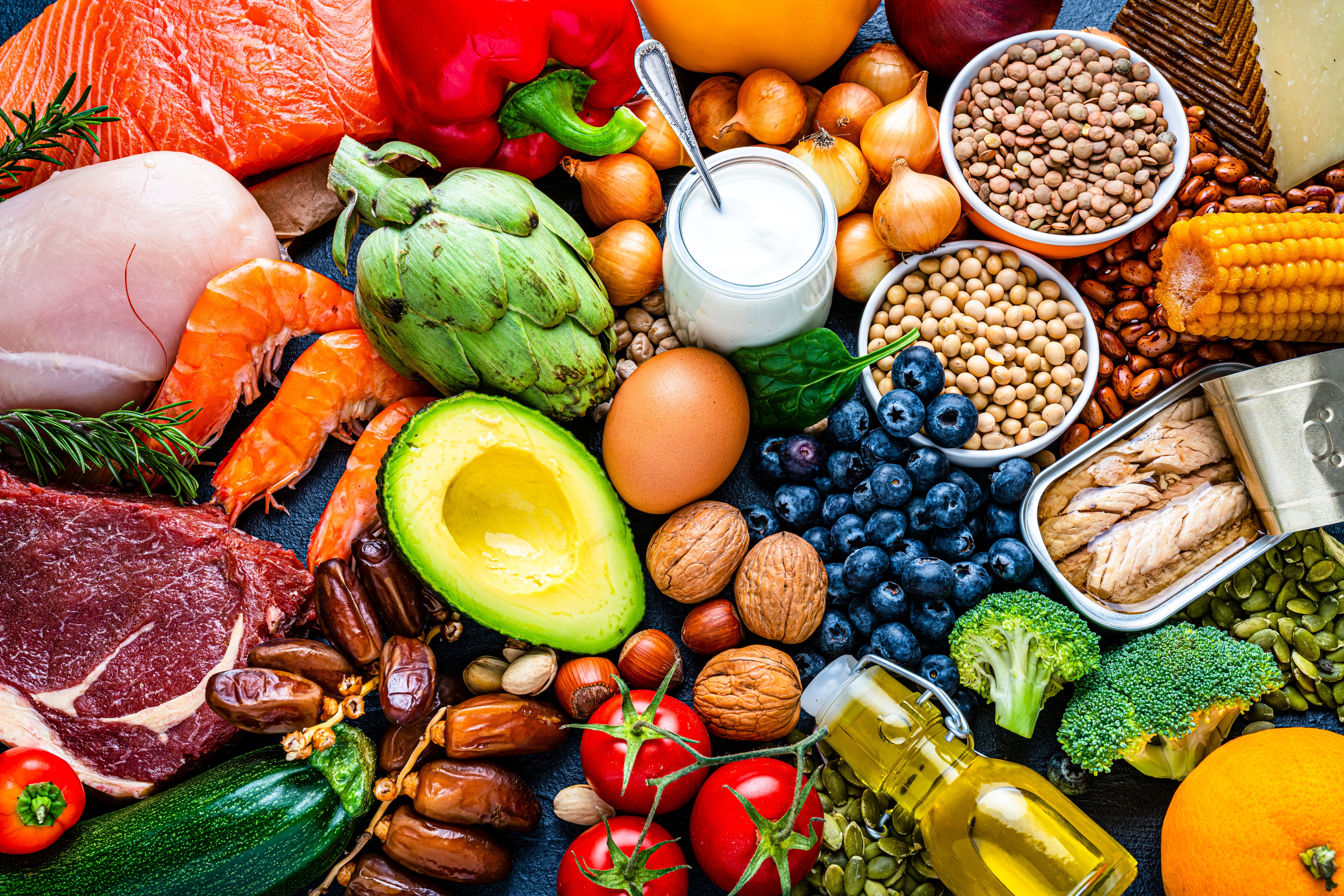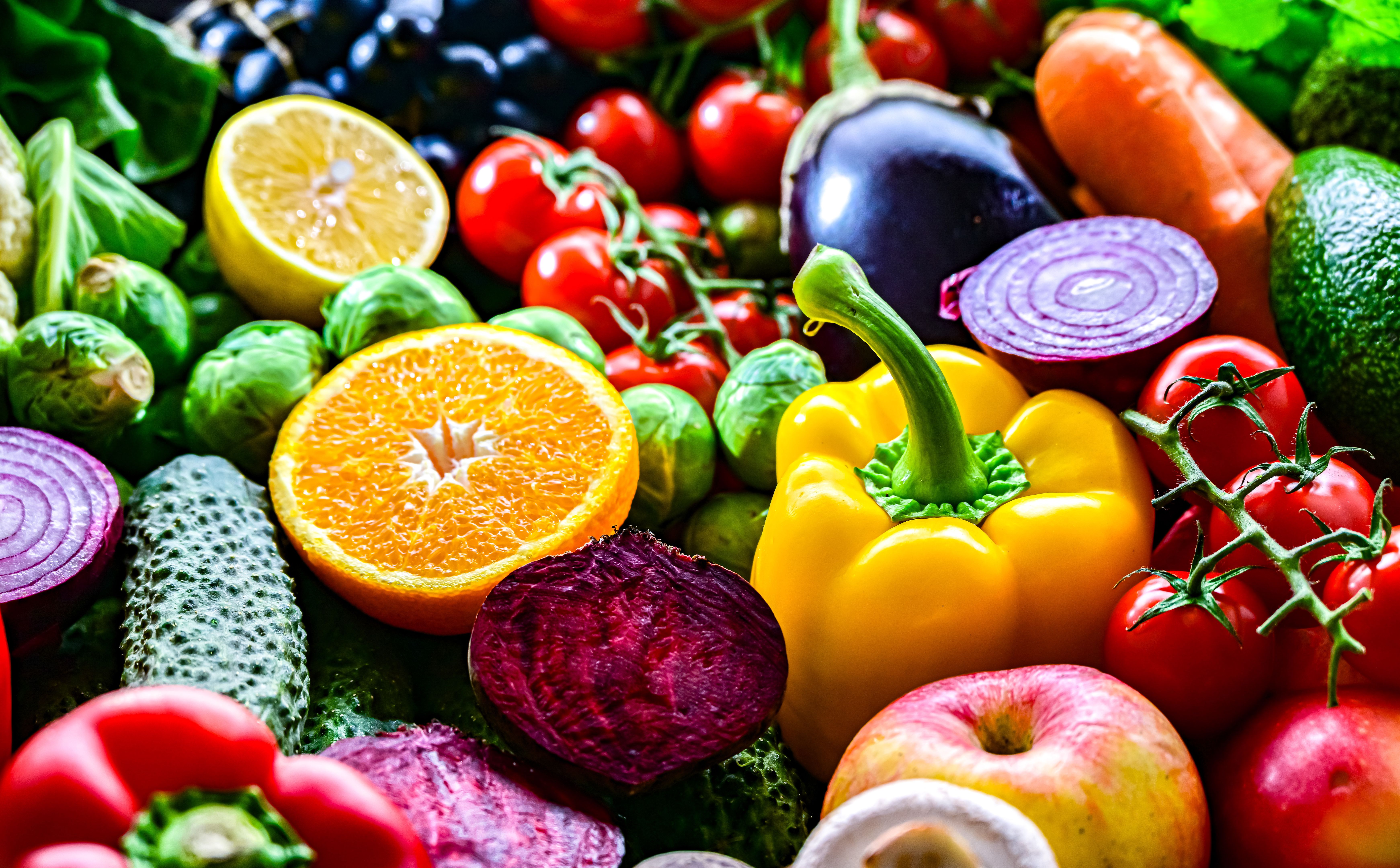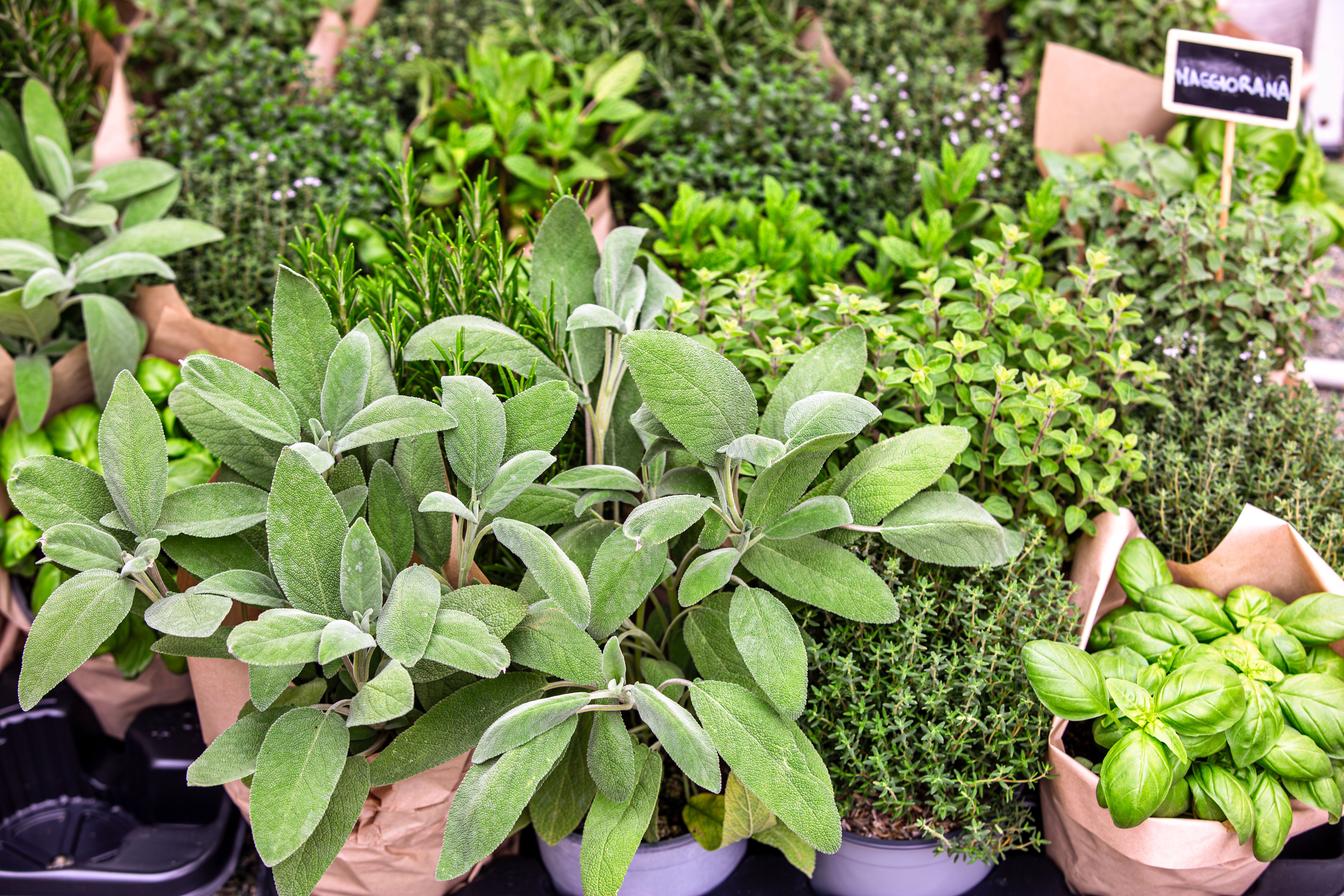Balancing Sodium and Potassium: Why It Matters for Your Health
Understanding Sodium and Potassium
Balancing sodium and potassium is essential for maintaining optimal health. These two minerals play crucial roles in the body, influencing everything from blood pressure to nerve function. While sodium is often associated with negative health impacts, it's important to remember that both sodium and potassium are vital for overall well-being.
Sodium helps regulate fluid balance, supports nerve signalling, and aids in muscle contraction. On the other hand, potassium plays a crucial role in maintaining heart health, regulating fluid balance, and mitigating the effects of sodium on blood pressure. Striking the right balance between these minerals can have profound effects on your health.

The Impact of Imbalance
An imbalance between sodium and potassium can lead to several health issues. High sodium intake is linked to increased blood pressure, a major risk factor for heart disease and stroke. In contrast, inadequate potassium levels can lead to muscle weakness, fatigue, and even irregular heartbeats.
According to research, most people consume too much sodium and not enough potassium. This imbalance contributes to hypertension and other cardiovascular problems. Therefore, it's crucial to monitor your intake of these minerals to maintain a healthy lifestyle.

Recommended Daily Intake
The recommended daily intake of sodium for adults is less than 2,300 milligrams, while the ideal intake of potassium is about 4,700 milligrams. Achieving this balance requires making conscious dietary choices and being aware of the sodium content in processed foods.
Here are some tips to help you maintain the right balance:
- Limit processed and packaged foods high in sodium.
- Incorporate more fresh fruits and vegetables rich in potassium, such as bananas, oranges, and spinach.
- Read food labels to check for sodium content.

Foods High in Potassium
Increasing your potassium intake is easier than you might think. Many delicious and nutritious foods are rich in potassium. Some excellent sources include:
- Sweet potatoes
- Avocados
- Lentils
- Yogurt
- Salmon
Incorporating these foods into your diet can help you reach the recommended daily intake of potassium and support a healthy balance with sodium.
Practical Tips for Balancing Intake
Achieving a balance between sodium and potassium doesn't mean you have to completely overhaul your diet. Making small, manageable changes can make a significant difference. Start by cooking more meals at home where you can control ingredient amounts, and gradually reduce your salt usage by experimenting with herbs and spices for flavor.
Additionally, staying hydrated by drinking water instead of sugary or salty beverages can help maintain electrolyte balance. Monitoring portion sizes and choosing whole foods over processed options can also contribute to better health outcomes.

The Benefits of Balance
Maintaining a healthy sodium-potassium balance can lead to numerous health benefits. Notably, it can reduce the risk of high blood pressure, improve heart health, and enhance muscle function. Furthermore, it contributes to bone health by preventing calcium loss through urine.
Embracing a diet rich in potassium while moderating sodium intake can significantly impact your overall well-being. It supports bodily functions that are crucial for long-term health, from maintaining energy levels to improving cardiovascular function.
Conclusion: Take Control of Your Health
Achieving a balance between sodium and potassium is not just about avoiding negative health outcomes; it's about enhancing your overall quality of life. By understanding the roles these minerals play and making informed dietary choices, you can take proactive steps towards better health.
Remember, small changes can lead to significant improvements. Start today by assessing your current diet and making conscious decisions that support this vital balance for a healthier tomorrow.
